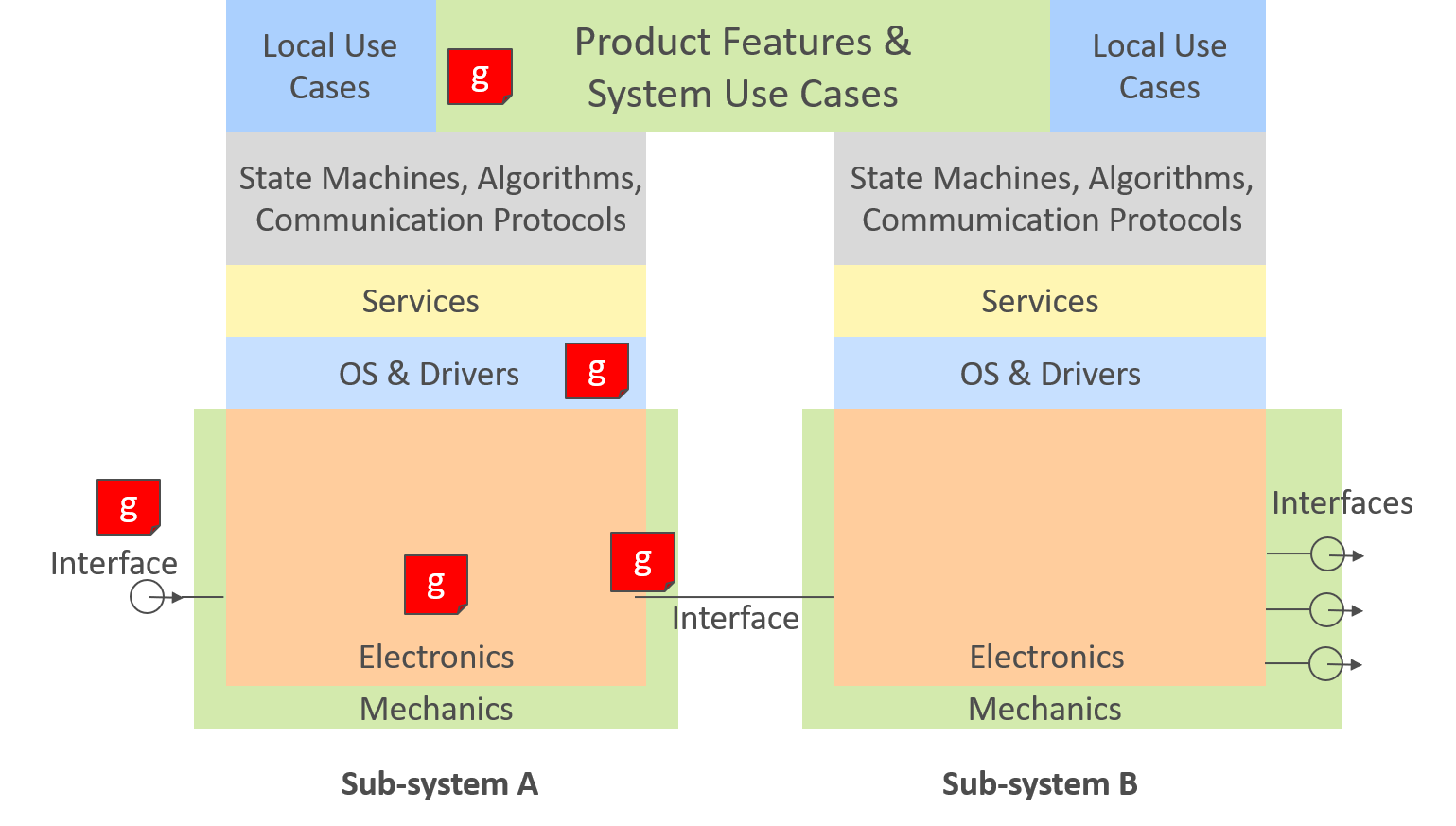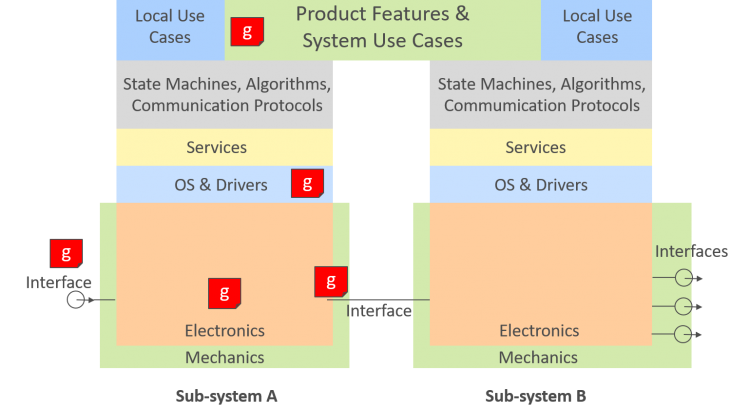In discussing what product development actually is, I like to argue that product development is the “management of uncertainty.”
Unfortunately, many believe that it will only be possible to reach their goal with a detailled plan, that will only be executed. Such plans are often requested by management, so that only then a project may start. However, such activity-based plans have several disadvantages:
- They are very detailed and therefore usually consist of several hundred individual steps,
- They are subject to a high change rate because planned activities can change very quickly as new things are learned
- The administrative and maintanance costs are very high,
- The substantive uncertainties and risks are not visible.
In reality, it is much more about getting an overview of what is already known and even more, what is still unknown and therefore still needs to be worked out in order to derive activities that can generate insights and sustainable decisions. For a clear presentation of these so-called Knowledge Gaps I have designed a graphical diagram, which I call Gap Map.
The Gap Map

On the background of a suitable representation of the “system-under-development” and its context, the gap map shows the associated knowledge gaps as red post-its. Green post-its visualize elements and interfaces that are not changed or have already been decided by learnings in the course of the product development.
The following things can be seen and done with the Gap Map:
- Areas with an accumulation of Knowledge Gaps require more attention
- The sum of all weighted Knowledge Gaps results in the (residual) effort of product development! The weighting or effort estimation is performed by the interdisciplinary team, e.g. using Planning Poker.
- Knowledge Gaps are backlog items at high level and are broken down into smaller, executable elements by refinement. Thus, knowledge gaps represent the content-related plan of the product development.
- Knowledge gaps enable simple Risk Management because they represent product-related uncertainties. (Attention: Organizational risk management is necessary in addition)
- When all the red post-its have been turned into green post-its, product development is done.
Due to the simplicity and clarity, a Gap Map is an excellent communication tool with the management.
Gap Maps have proven their worth in agile product development. The Gap Map is also suitable for “project rescue actions” in order to provide all involved parties with a quick and complete overview of the current situation.
